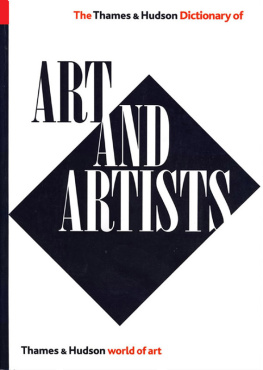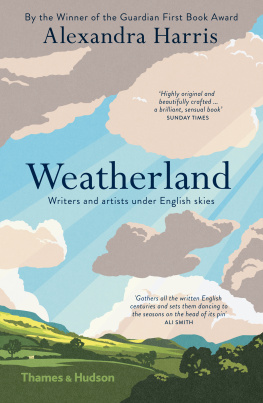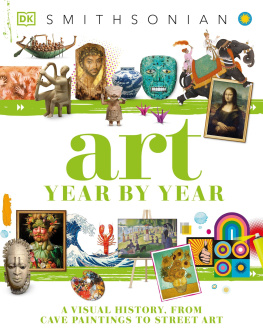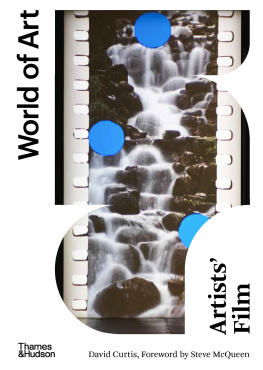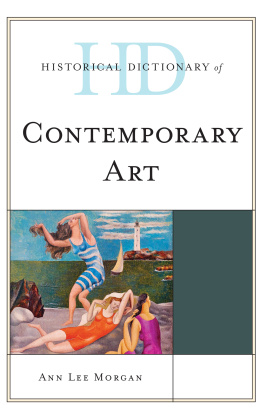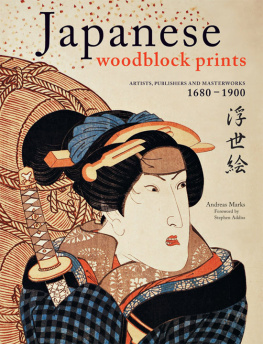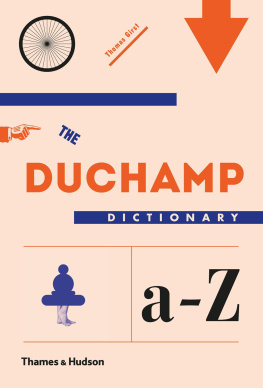ACKNOWLEDGMENTS
The publishers are grateful to the following institutions and individuals for permission to reproduce the illustrations on the pages mentioned.
Royal Collection Enterprises: .
Photographs: Douglas Mazonowicz .
ABBREVIATIONS
Most of the abbreviations in this dictionary are in common use or are self-evident: e.g. the name of the artist or subject which forms the headword is referred to in the text of the entry by the first letter(s) (Michelangelo becomes M.). Abbreviations such as ill. indicate various forms of the same word: illustrator, illustrated, illustration. We have generally followed the Oxford English Dictionary in using full stops after abbreviations only where the last letter is not the last letter of the word in full. Thus: ill. (illustration, illustrator), ills (illustrations); c. (century), cs (centuries), etc.
anon.
b.
c.
c.
cm.
coll.
d.
ed.
fl.
Fr.
ft
Gal.
Ger.
Gr.
Inst.
It.
Jap.
km.
Lat.
Lib.
m.
ms., mss
M.O.M.A.
N.G.
N.Y.
R.A.
SS
St
Tate
U.S.(A.)
V.&A.
vol. | anonymous
born
century
circa
centimetre
collection
died
edition, editor, etc.
floruit
French
feet
Gallery
German
Greek
Institute
Italian
Japanese
kilometre
Latin
Library
metre
manuscript(s)
Museum of Modern Art, New
York
National Gallery, London
New York
Royal Academy, London
Saints
Saint
Tate Gallery, London
United States (of America)
Victoria and Albert Museum,
London
volume |
Sir Herbert Read was one of the most prominent writers on twentieth-century art, whose numerous publications include Modern Painting: A Concise History. He died in 1968.
Nikos Stangos was a commissioning editor and director at Penguin Books and Thames & Hudson for most of his professional life. He worked closely with many leading poets, art historians and artists of the day. He edited David Hockney by David Hockney and Thats the Way I See It by Hockney. He also edited a number of other books including Concepts of Modern Art in the World of Art series. He died in 2004.
Other titles of interest published by Thames & Hudson include:
The Thames & Hudson Dictionary of Art Terms
The Thames & Hudson Dictionary of British Art
The Thames & Hudson Dictionary of the Italian Renaissance
The Gallery Companion: Understanding Western Art
How to Read a Painting: Decoding, Understanding and Enjoying the Old Masters
Mirror of the World: A New History of Art
Styles, Schools and Movements: The Essential Encyclopaedic Guide to Modern Art
Other reference titles in the World of Art series include:
The Thames & Hudson Dictionary of Fashion and Fashion Designers
The Thames & Hudson Dictionary of Graphic Design and Designers
See our websites
www.thamesandhudson.com
www.thamesandhudsonusa.com
A
Aaltonen Wan (18941966). Finnish sculptor and painter and a major force in modern Finnish sculpture. His work in granite is classical in line despite its monumental character. Besides a number of female torsos and portrait heads, A. executed public monuments.
Abbate Niccolo dell (c. 151271). A Modenese painter who, from 1552, worked in France and was, with Primaticcio, a leader of the school of . A. was stylistically influenced by the illusionism of Mantegna and the softness of Correggio, but more important was his characteristically Mannerist treatment of landscape, as in the Rape of Proserpine. There are similarities in his work to Dosso Dossi and also Patenier and the Antwerp school, and A. himself introduced Mannerism in landscape into France. A major picture is The Story of Aristaeus.
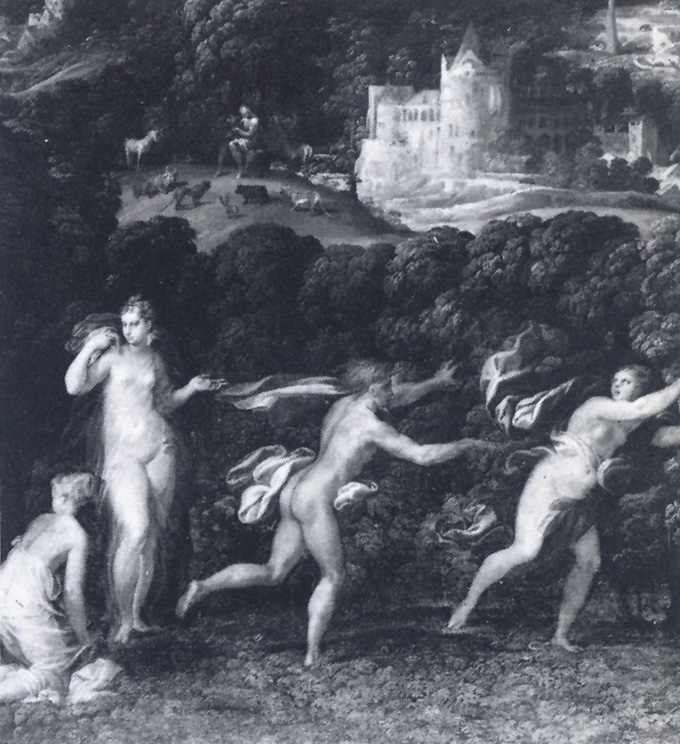
AbbateThe Story of Aristaeus (detail) c. 1557
Abbey Edwin Austin (18521911). U.S. oil painter, watercolourist and book ill., who worked much in Britain, becoming an R.A. in 1898. He drew ills in pen for works by Robert Herrick, Oliver Goldsmith and Shakespeare, and painted the scenes of The Quest of the Holy Grail on the walls of the public library, Boston, Mass.
Abbott John White (17631851). British amateur landscape painter. He exhibited oils regularly at the R.A.; his drawings have been admired.
Abbott Lemuel Francis (c. 17601803). British portrait painter, known for his portraits of Lord Nelson and the poet Cowper.
Abil(d)gaard Nicolai Abraham (17431809). Danish painter who studied in Italy (177279). His style was classical and he favoured heroic subjects. He painted little after 4 allegorical frescoes by him in the Royal Palace, Copenhagen, which he considered his best work, were burnt in 1794. Sketches of these together with many other works are preserved in the Royal Gallery, Copenhagen. B. Thorwaldsen was his pupil.
Aboriginal art.
Abramtsevo Colony. A group of Russian artists drawn together in the 1870s and 1880s by the railway tycoon S. Mamontov. They included I. Levitan, V. Polenov, group. The colony was nationalistic in outlook and Russian folk-art and the Russo-Byzantine tradition influenced their work. They were the 1st Russian artists to work as theatrical designers, most of them working in Mamontovs Private Opera.
Abstract art. Art which does not imitate or directly represent external reality: some writers restrict the term to non-figurative art, while others use it of art which is not representational though ultimately derived from reality. Various alternatives have been suggested (non-representational art, non objective art, concrete art) but none has been generally accepted. Abstract is frequently used as a relative term, paintings being more or less abstract in treatment. The original source of an abstract painting, e.g. a landscape or still-life, may be visible or decipherable: most Cubist painting is of this sort. Simplified or geometric shapes which have no direct reference to external reality may be used exclusively, as in work.
The idea that forms and colour in themselves can move the spectator underlies all A. a. Much 20th-c. painting and sculpture has attempted to have, like music, no representational purpose. Sources and parallels for this art have been found in ceramic decorations, decorative patterns in manuscripts and the applied arts (especially Celtic art, e.g. The Book of Kells), Mohammedan art, primitive and tribal sculpture and non-realistic elements in European painting (e.g. simplified architectural backgrounds in paintings by Fra Angelico).
20th-c. A. a. springs from Czanne who treated some landscape motifs as geometric solids, and whose painting was much admired by the Cubists..
Abstract Expressionism. A term 1st used in 1919 to describe certain paintings by ).
Abstraction-Cration. School of non-figurative art founded in Paris in 1931 by . It has not attempted a full synthesis of the plastic arts but rather a merging of some of the techniques of painting and sculpture.
academic art. The term applies to art in a well-established, often realistic, tradition, showing expert command of draughtsmanship and other techniques. In the 19th c. the academies of painting became centres of opposition to new movements so that a. a. now generally has the pejorative overtones of conservative and unimaginative.
academies. Institutions which derive their name from Platos Academy. In effect they originated in 15th-c. Italy, where humanist gatherings quickly attracted the official patronage, e.g. the famous Accademia Platonica founded by Cosimo I of Florence (

